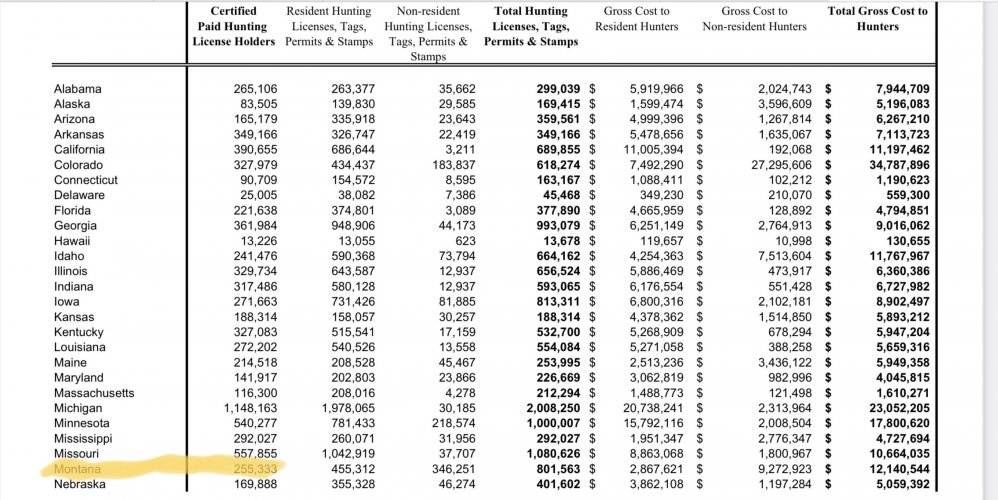D
Deleted member 28227
Guest
Instagram stars of the era...I'm going out on a limb and saying that a "hunter" in the 1950's was not a star struck gear junkie like a "hunter" in 2021. And the raw increase in numbers of hunters have mainly been western states hunters.





The medium is different but it's the same thing...
Hunters making a living by telling the story of their adventures, and selling them to magazines, who in turn make money running adds to get us to buy stuff.
How on the nose... literally a 1955 cartoon that pokes fun at hunters being gear junkies.








